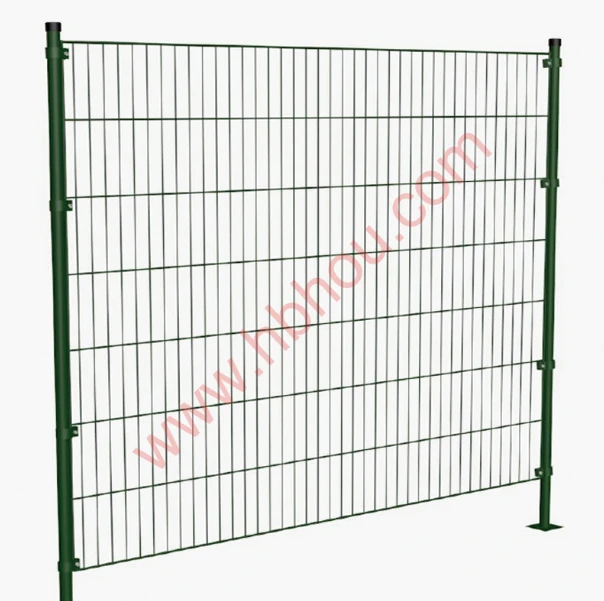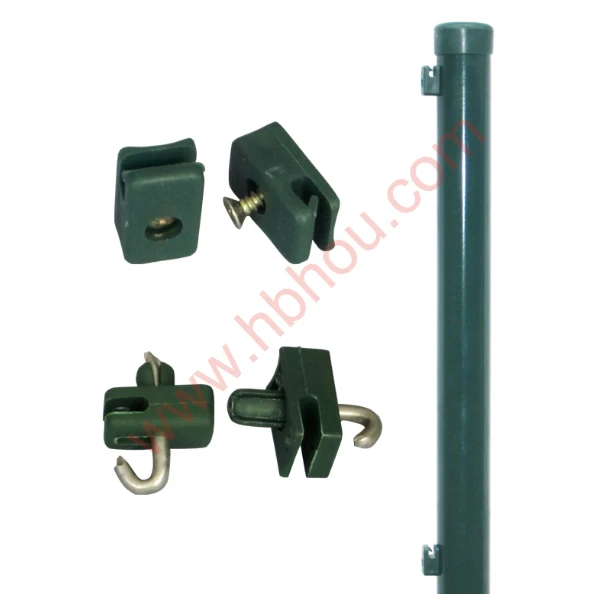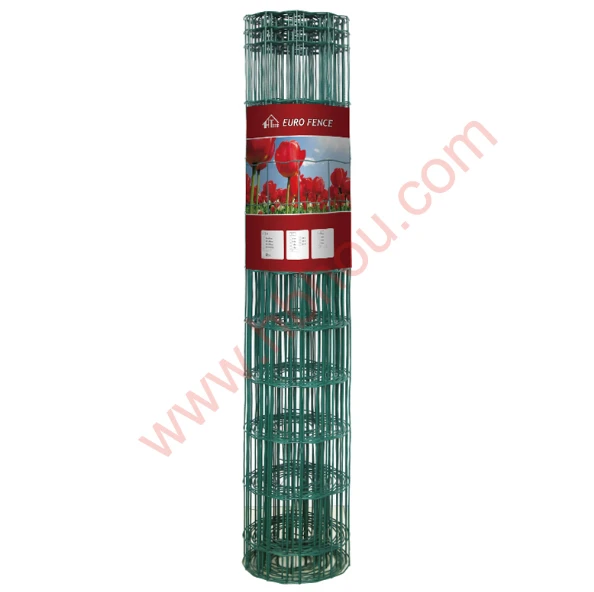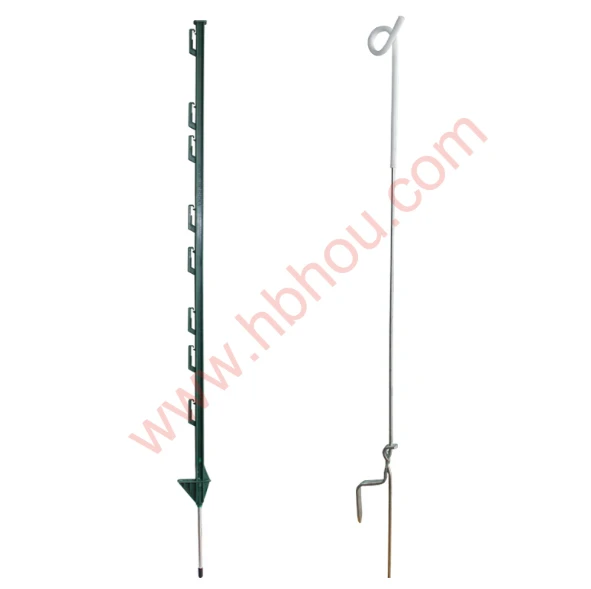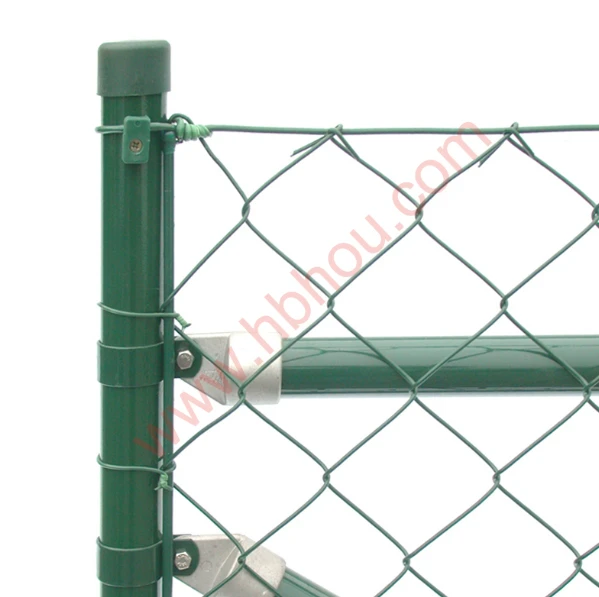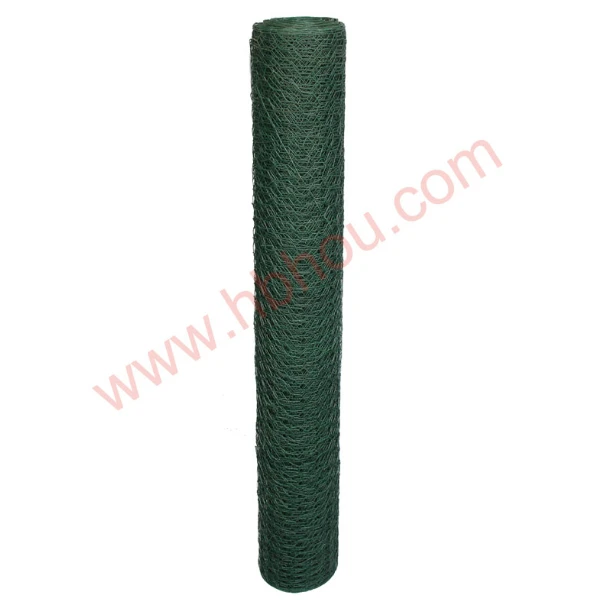Cutting Fence Panels A Comprehensive Guide
When it comes to property maintenance and enhancement, one of the most crucial aspects is ensuring that your fencing is not only durable but also aesthetically pleasing. Cutting fence panels is a common task for homeowners and DIY enthusiasts alike. However, it requires careful planning and execution to achieve the desired results. In this article, we will explore the process of cutting fence panels, the tools needed, best practices, and safety considerations.
Understanding Fence Panels
Fence panels are typically constructed of wood, vinyl, or metal and are used to create boundaries around residential properties. The panels provide security, privacy, and contribute to the overall appearance of your garden or yard. When installing or upgrading fencing, you may find that some panels need to be cut to fit specific dimensions due to irregular property lines or landscaping features.
Tools You’ll Need
Before you begin cutting fence panels, it's essential to gather the right tools. Here’s a list of the basic equipment you will need
1. Measuring Tape Accurate measurements are crucial for cutting panels to the correct size. 2. Pencil or Chalk For marking where you’ll make your cuts. 3. Circular Saw or Handsaw Depending on whether the fence panels are wooden or metal, choose the appropriate saw. A circular saw is more efficient for wood, while a metal cutting blade is necessary for metal panels. 4. Clamps These will hold the panels securely in place while you cut. 5. Safety Gear Always wear gloves, safety goggles, and a dust mask to protect yourself during the cutting process.
Measuring and Marking
The first step in cutting fence panels is accurately measuring the area where the fence is to be installed. Use a measuring tape to determine the required length for each panel. Once you have your measurements, mark the cut line on the panel using a pencil or chalk. It’s advisable to double-check your measurements to avoid unnecessary mistakes.
cutting fence panels
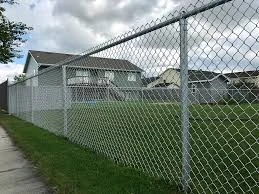
Cutting the Panels
With your tools ready and the panels marked, it's time to start cutting. Secure the panel using clamps to ensure it doesn't move while you work. If you’re using a circular saw, make sure you have a sharp blade specifically designed for the material you are cutting. Start your saw at one end of the marked line and proceed along the line with a steady hand. If you’re using a handsaw, apply even pressure while cutting to achieve a clean edge.
Safety First
Safety should always be your top priority when working with power tools. Here are some safety tips to keep in mind
- Always wear protective eyewear to shield your eyes from debris. - Keep your work area clean and free of distractions. - Ensure that your tools are in good working condition before use. - Follow the manufacturer's instructions for your tools and prioritize personal safety over speed.
Finishing Touches
After cutting the panels to size, you may need to sand the edges, especially if they are rough. This step helps prevent splinters and ensures a smooth finish. If you’re using wooden panels, consider applying a weather-resistant sealant or paint to protect against the elements.
Conclusion
Cutting fence panels doesn’t have to be a daunting task. With the right tools, proper measurements, and attention to safety, you can successfully customize your fence to fit the needs of your property. Whether you are doing it yourself or hiring a professional, knowing the basics of cutting fence panels will help you achieve a beautiful and functional fence that enhances your home’s curb appeal and security. Remember, careful planning and execution will lead to the best results for your fencing project.









